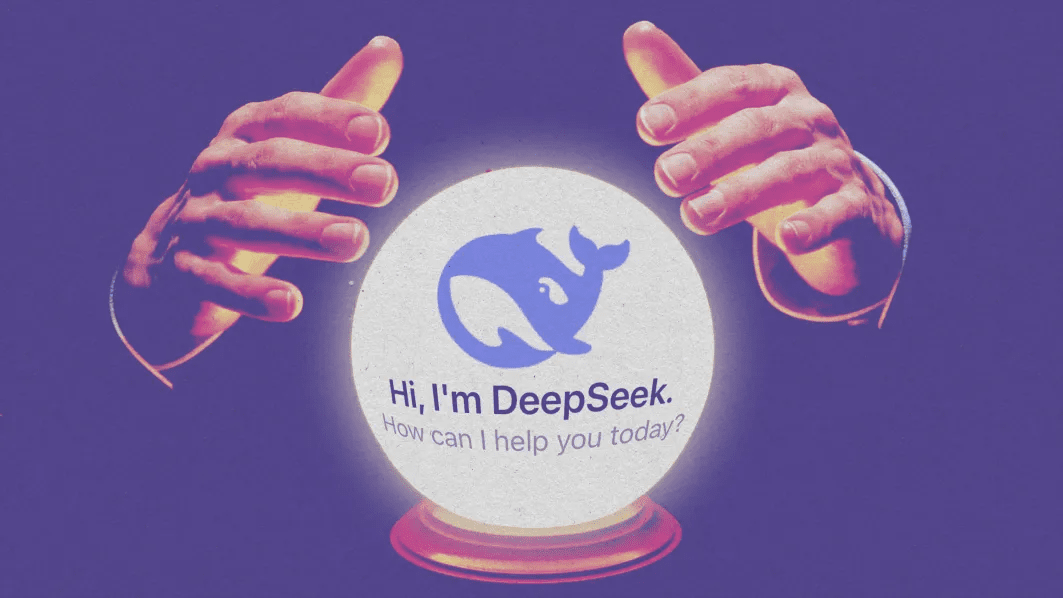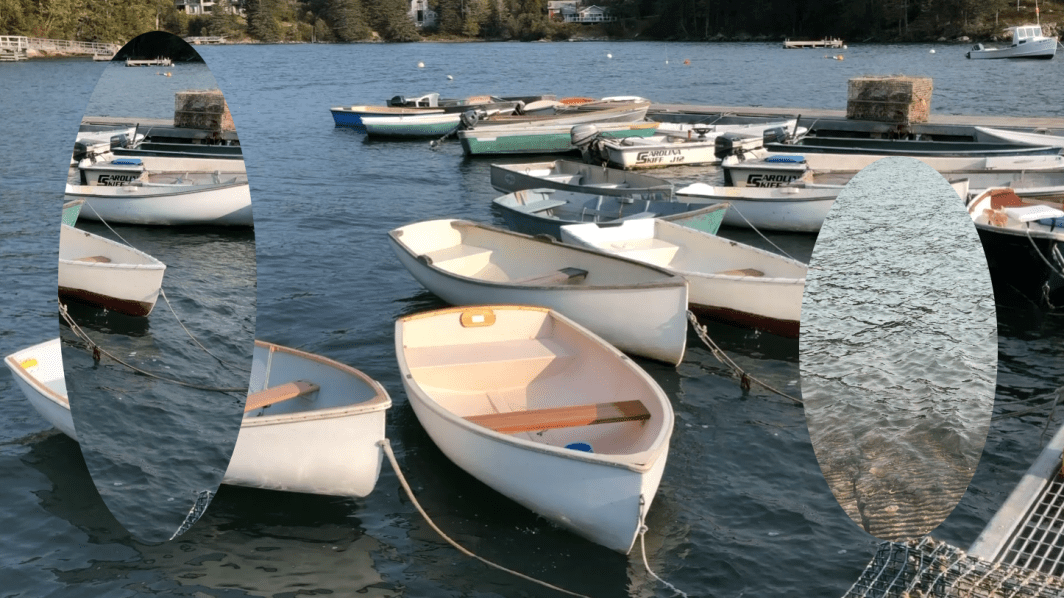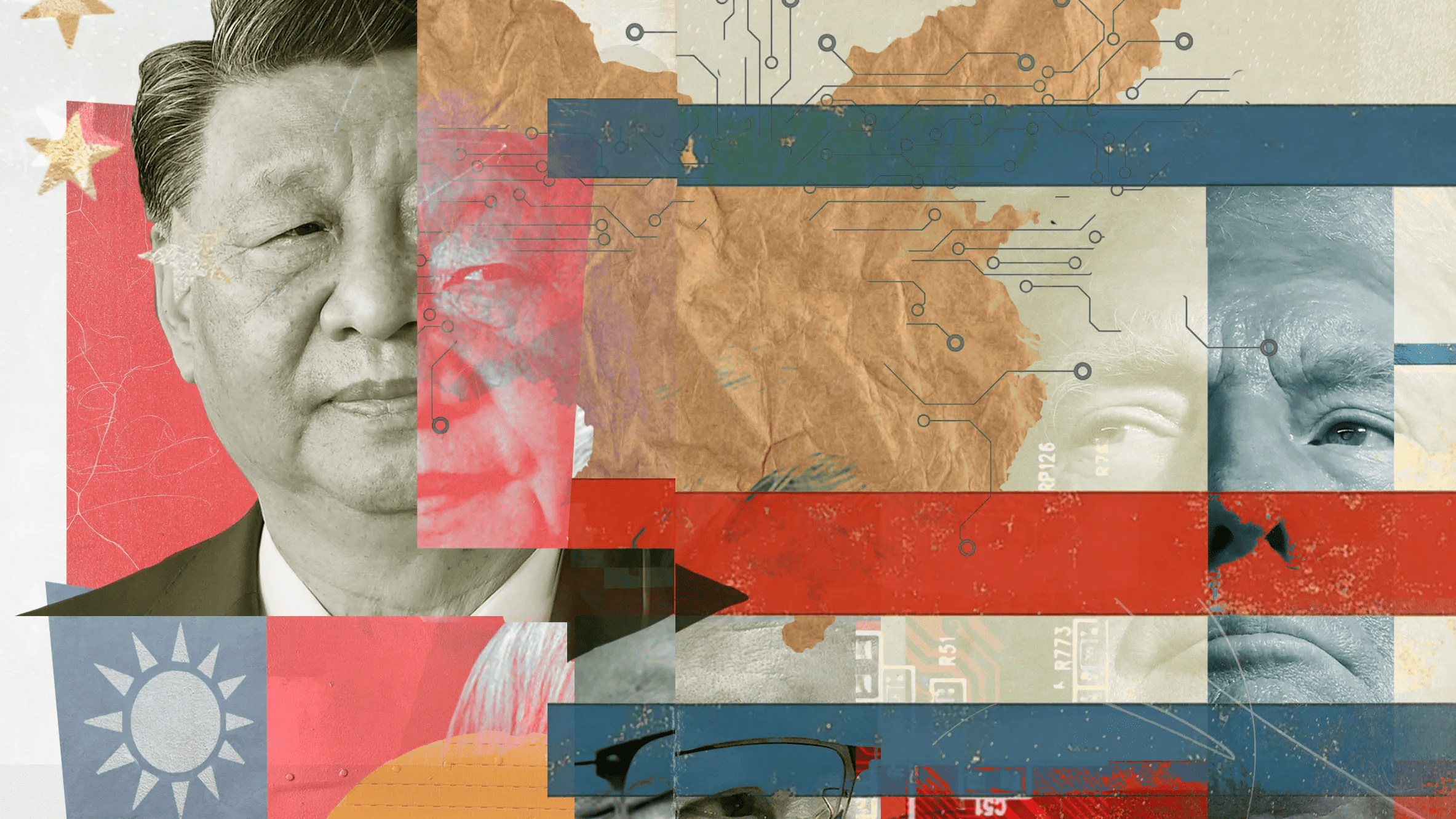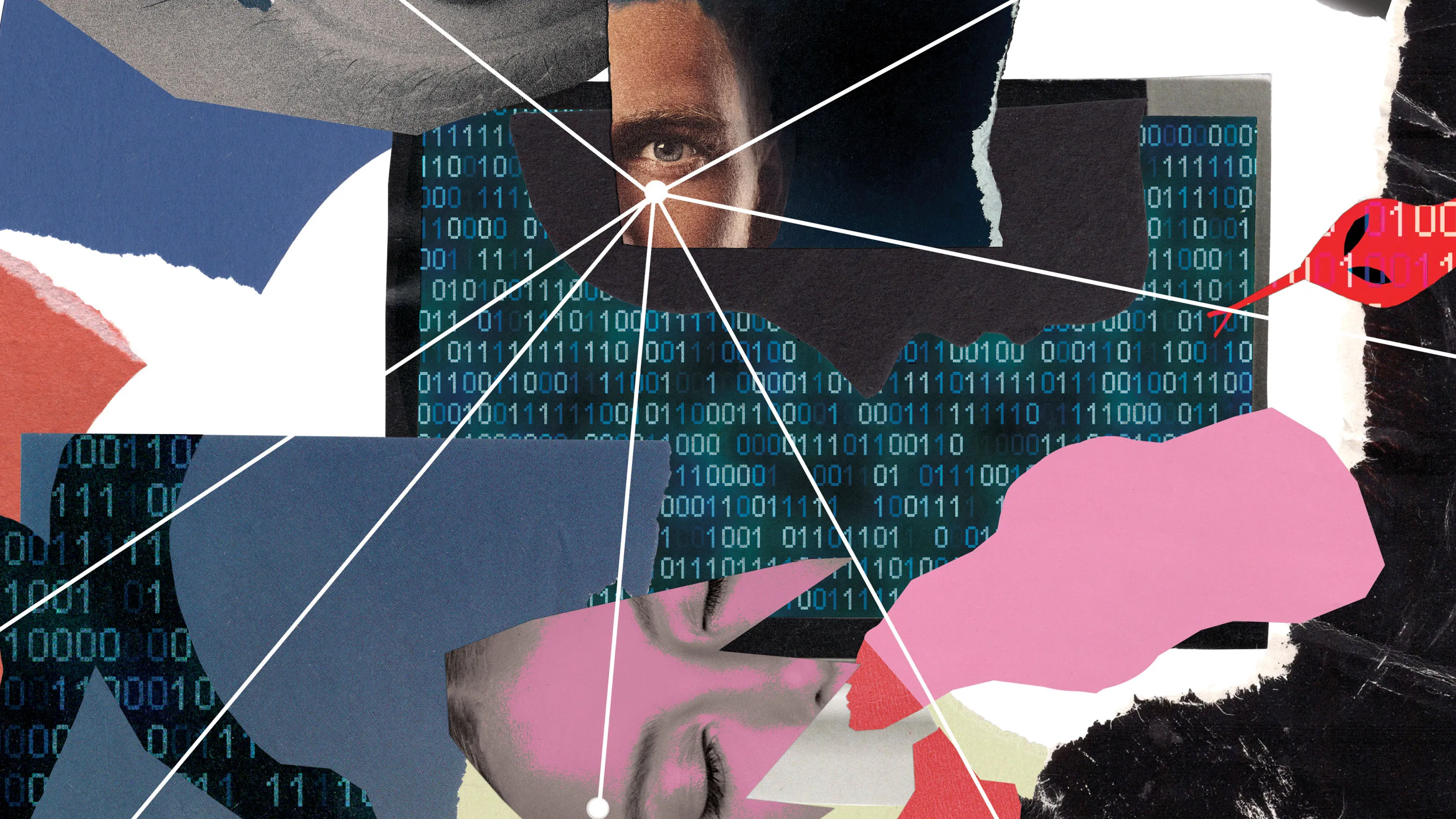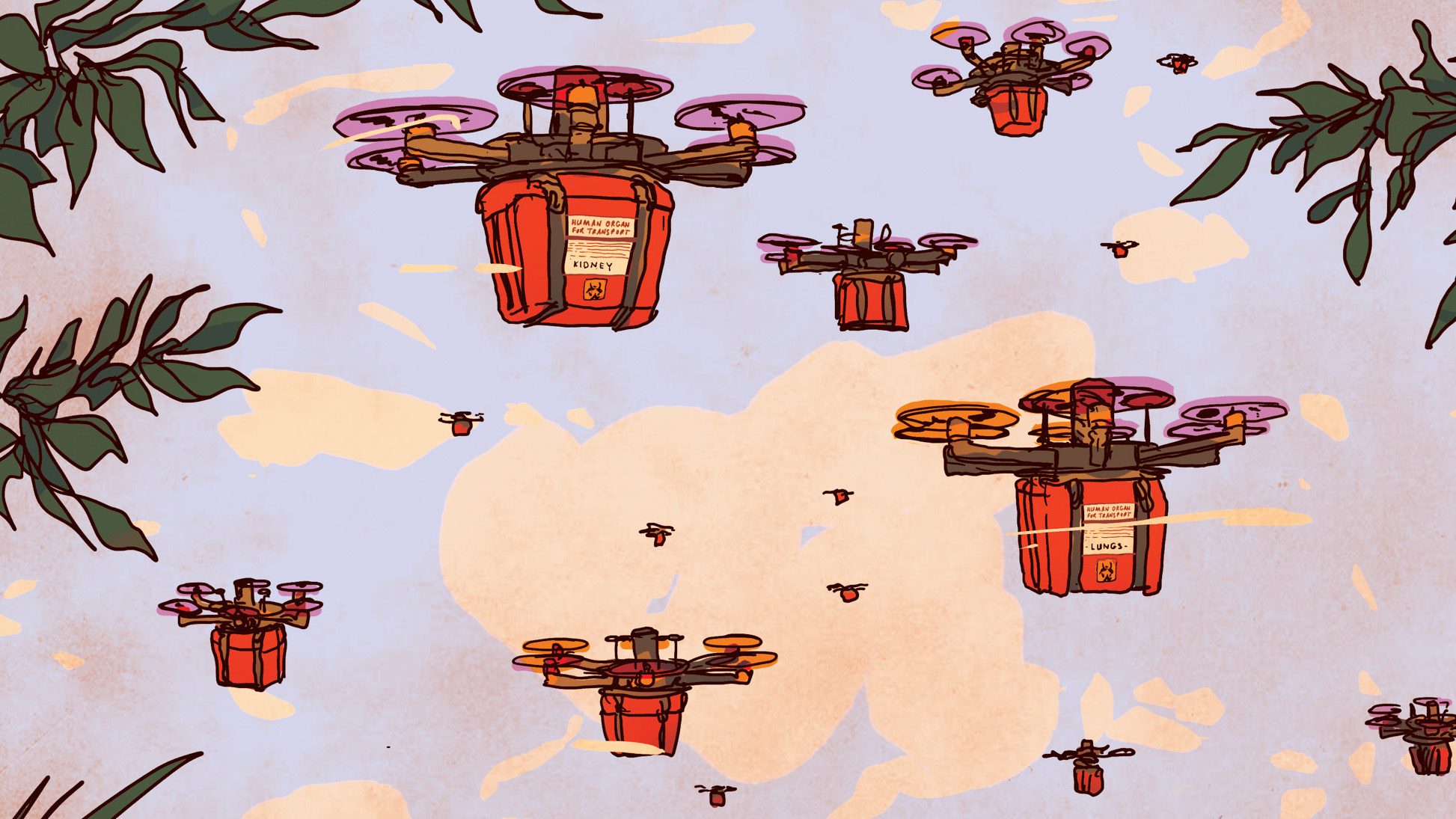The Download: China’s dying EV batteries, and why AI doomers are doubling down
This is today’s edition of The Download, our weekday newsletter that provides a daily dose of what’s going on in the world of technology.
China figured out how to sell EVs. Now it has to bury their batteries.
In the past decade, China has seen an EV boom, thanks in part to government support. Buying an electric car has gone from a novel decision to a routine one; by late 2025, nearly 60% of new cars sold were electric or plug-in hybrids.
But as the batteries in China’s first wave of EVs reach the end of their useful life, early owners are starting to retire their cars, and the country is now under pressure to figure out what to do with those aging components.
The issue is putting strain on China’s still-developing battery recycling industry and has given rise to a gray market that often cuts corners on safety and environmental standards. National regulators and commercial players are also stepping in, but so far these efforts have struggled to keep pace with the flood of batteries coming off the road. Read the full story.
—Caiwei Chen
The AI doomers feel undeterred
It’s a weird time to be an AI doomer.This small but influential community believes, in the simplest terms, that AI could get so good it could be bad—very, very bad—for humanity.
The doomer crowd has had some notable success over the past several years: including helping shape AI policy coming from the Biden administration. But a number of developments over the past six months have put them on the back foot. Talk of an AI bubble has overwhelmed the discourse as tech companies continue to invest in multiple Manhattan Projects’ worth of data centers without any certainty that future demand will match what they’re building.
So where does this leave the doomers? We decided to ask some of the movement’s biggest names to see if the recent setbacks and general vibe shift had altered their views. See what they had to say in our story.
—Garrison Lovely
This story is part of our new Hype Correction package, a collection of stories designed to help you reset your expectations about what AI makes possible—and what it doesn’t. Check out the rest of the package.
Take our quiz on the year in health and biotechnology
In just a couple of weeks, we’ll be bidding farewell to 2025. And what a year it has been! Artificial intelligence is being incorporated into more aspects of our lives, weight-loss drugs have expanded in scope, and there have been some real “omg” biotech stories from the fields of gene therapy, IVF, neurotech, and more.
Jessica Hamzelou, our senior biotech reporter, is inviting you to put your own memory to the test. So how closely have you been paying attention this year?
This article first appeared in The Checkup, MIT Technology Review’s weekly biotech newsletter. To receive it in your inbox every Thursday, and read articles like this first, sign up here.
The must-reads
I’ve combed the internet to find you today’s most fun/important/scary/fascinating stories about technology.
1 TikTok has signed a deal to sell its US unit
Its new owner will be a joint venture controlled by American investors including Oracle. (Axios)
+ But the platform is adamant that its Chinese owner will retain its core US business. (FT $)
+ The deal is slated to close on January 22 next year. (Bloomberg $)
+ It means TikTok will sidestep a US ban—at least for now. (The Guardian)
2 A tip on Reddit helped to end the hunt for the Brown University shooter
The suspect, who has been found dead, is also suspected of killing an MIT professor. (NYT $)
+ The shooter’s motivation is still unclear, police say. (WP $)
3 Tech leaders are among those captured in newly-released Epstein photos
Bill Gates and Google’s Sergey Brin are both in the pictures. (FT $)
+ They’ve been pulled from a tranche of more than 95,000. (Wired $)
4 A Starlink satellite appears to have exploded
And it’s now falling back to earth. (The Verge)
+ On the ground in Ukraine’s largest Starlink repair shop. (MIT Technology Review)
5 YouTube has shut down two major channels that share fake movie trailers
Screen Culture and KH Studio uploaded AI-generated mock trailers with over a billion views. (Deadline)
+ Google is treading a thin line between embracing and shunning generative AI. (Ars Technica)
6 Trump is cracking down on investment in Chinese tech firms
Lawmakers are increasingly worried that US money is bolstering the country’s surveillance state. (WSJ $)
+ Meanwhile, China is working on boosting its chip output. (FT $)
7 ICE has paid an AI agent company to track down targets
It claims to be able to rapidly trace a target’s online network. (404 Media)
8 America wants to return to the Moon by 2028
And to build some nuclear reactors while it’s up there. (Ars Technica)
+ Southeast Asia seeks its place in space. (MIT Technology Review)
9 Actors in the UK are refusing to be scanned for AI
They’re reportedly routinely pressured to consent to creating digital likenesses of themselves. (The Guardian)
+ How Meta and AI companies recruited striking actors to train AI. (MIT Technology Review)
10 Indian tutors are explaining how to use AI over WhatsApp
Lessons are cheap and personalized—but the teachers aren’t always credible. (Rest of World)
+ How Indian health-care workers use WhatsApp to save pregnant women. (MIT Technology Review)
Quote of the day
“Trump wants to hand over even more control of what you watch to his billionaire buddies. Americans deserve to know if the president struck another backdoor deal for this billionaire takeover of TikTok.”
—Democratic senator Elizabeth Warren queries the terms of the deal that TikTok has made to allow it to continue operating in the US in a post on Bluesky.
One more thing
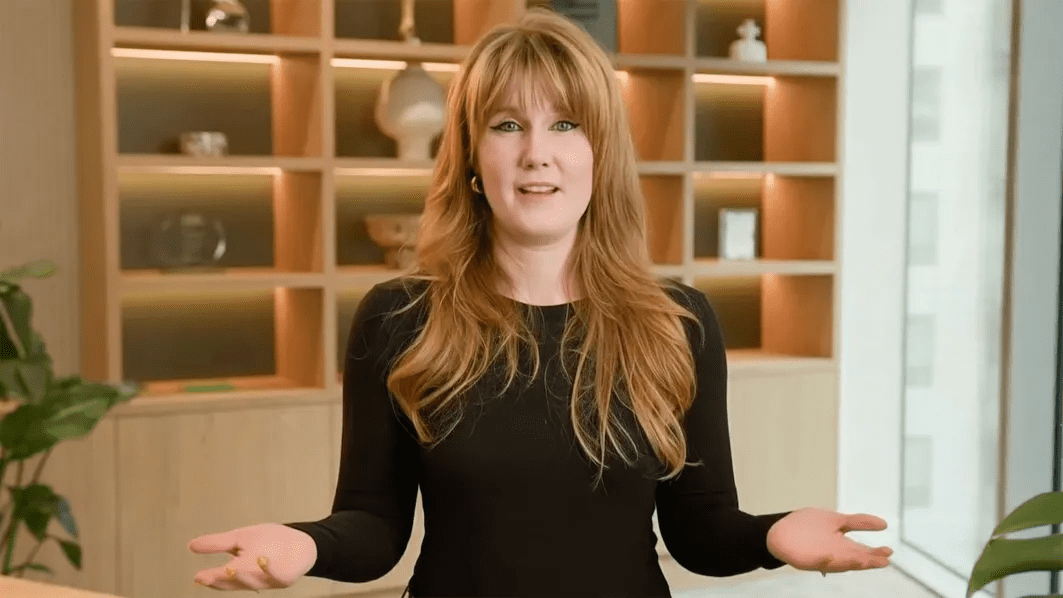
Synthesia’s AI clones are more expressive than ever. Soon they’ll be able to talk back.
—Rhiannon Williams
Earlier this summer, I visited the AI company Synthesia to create a hyperrealistic AI-generated avatar of me. The company’s avatars are a decent barometer of just how dizzying progress has been in AI over the past few years, so I was curious just how accurately its latest AI model, introduced last month, could replicate me.
I found my avatar as unnerving as it is technically impressive. It’s slick enough to pass as a high-definition recording of a chirpy corporate speech, and if you didn’t know me, you’d probably think that’s exactly what it was.
My avatar shows how it’s becoming ever-harder to distinguish the artificial from the real. And before long, these avatars will even be able to talk back to us. But how much better can they get? And what might interacting with AI clones do to us? Read the full story.
We can still have nice things
A place for comfort, fun and distraction to brighten up your day. (Got any ideas? Drop me a line or skeet ’em at me.)
+ You can keep your beef tallow—here are the food trends that need to remain firmly in 2025.
+ The Library of Congress has some lovely images of winter that are completely free to use.
+ If you’ve got a last minute Christmas work party tonight, don’t make these Secret Santa mistakes.
+ Did you realize Billie Eilish’s smash hit Birds of a Feather has the same chord progression as Wham’s Last Christmas? They sound surprisingly good mashed together.




